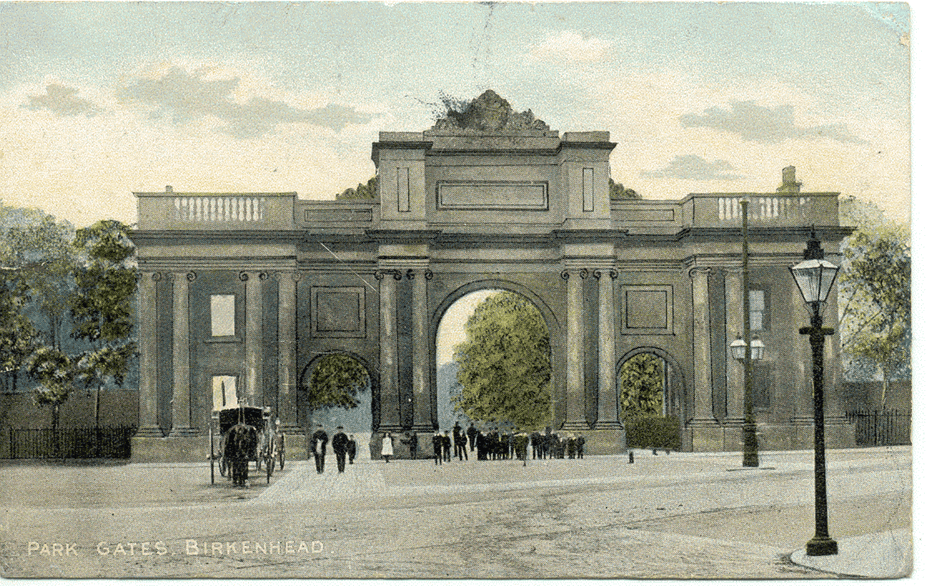The People’s Garden

"all this magnificent pleasure-ground is entirely, unreservedly, and for ever the people's own"
F. L. Olmsted on his first visit to Birkenhead Park, 1850
When it officially opened in 1847, Birkenhead Park was the first park in Britain to be purpose-built for the entire population. It was funded by public money, and made freely accessible for everyone to enjoy – not just the wealthiest. In the rapidly growing industrial town, the idea of creating a park where the barriers of social class, age, colour and creed were non-existent, was a real innovation. So revolutionary that it became a pioneer in the development of public parks across the world.
The People’s Garden Today
In 2022, we celebrate 175 years of Birkenhead Park being the People's Garden. That original vision of a public park that is free to use by all members of society, remains our guiding principle. Today, the park gates are open all year-round, welcoming everybody to the People's Garden, just as they have for the past two centuries.
